Rosés! What’s in a name?
Did you know…?
Rosé Wines are made from many different grape varieties and can provide great pairings with a wide variety of foods.
“That which we call a Rosé by any other name would smell as sweet...”
Or maybe not!
Rosé wines can be dry, off-dry or somewhat sweet! When the doomed Juliet utters those words, she is not talking about wine, but about her beloved Romeo. But she just as well could have been speaking about this wonderful beverage.
Ok folks, it’s a stretch…
But if you have made it this far, then the purpose has been served.
To some people, rosé wines are dismissed as an alcoholic Kool-Aid, a sweet concoction that is neither red nor white, neither fish nor fowl, neither Montague nor Capulet.
But did you know that there are many different kinds of rosé wines? And that they vary widely in color, aroma and flavor characteristics?
First, let’s discuss what all rosé wines have in common. Rosé wines are made from black grapes — that is, they are made from the kind of grapes that are typically associated with red wines. The difference is that to make rosé, the juice is kept in contact with the grape skins for a very short time, usually just a matter of hours. Then the juice is drained from the skins and fermentation continues.
Fermentation is typically done in stainless tanks, so that the resulting wine is fresh and fruity. Rosé wines may go through a short maturation process, but they are made to be drunk young.
Rosé wines can be made still or sparkling. A pink sparkler is a very versatile wine that has high acidity, which creates a wide range of pairing possibilities. For example, a sparkling rosé such as the Perle D’Aurore can pair well with a light cheese platter, your favorite BBQ dish, or a decadent chocolate dessert.
Rosé still wines are made from a number of black grapes, such as pinot noir, grenache and cinsault. Typically dry or off-dry and with medium to high levels of acidity, they pair well with grilled foods, seafood, roasted veggies, and light to medium cheeses.
For example, the JCB No. 5 is a still rosé from the Cotes de Provence region. This dry wine is perfect for serving with simple grilled fish or poultry but is also light enough to go well with salad made from the fresh fruits and veggies of this Mediterranean-adjacent region.
A slightly higher level of acid can be found in the Sonoma Coast Rose from DeLoach. This rosé is made from 100% pinot noir, which gives it the aroma of watermelon and the flavor of cherry. This wine is crisp and refreshing and will go well with grilled shrimp or BBQ spare ribs.
Another option is this Rosé of Cinsault that will pair well with Mediterranean fare. Its high acid levels will impart a crisp and refreshing finish, and it will pair well with eggplant dishes and light cheese plates.
Rosé wines are light and refreshing, and they come in so many styles that if they had tried, even the Capulets and Montagues could probably have found one to enjoy together. Maybe then they would have had the opportunity to resolve their differences over a grand banquet instead of with swords and daggers. But then we would have missed out on one of Shakespeare’s greatest works.
So grab a bottle of your favorite chilled rosé, download Romeo and Juliet to your tablet, and sit down for a great read.
To your health! A santé! Salud! Saluti!
Cheers!
Alan


